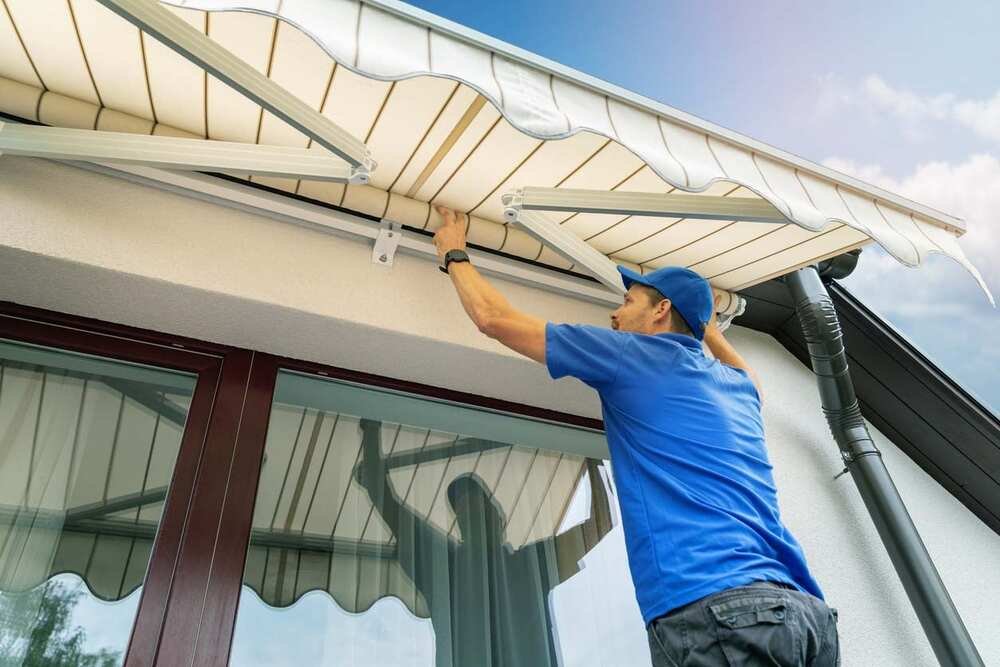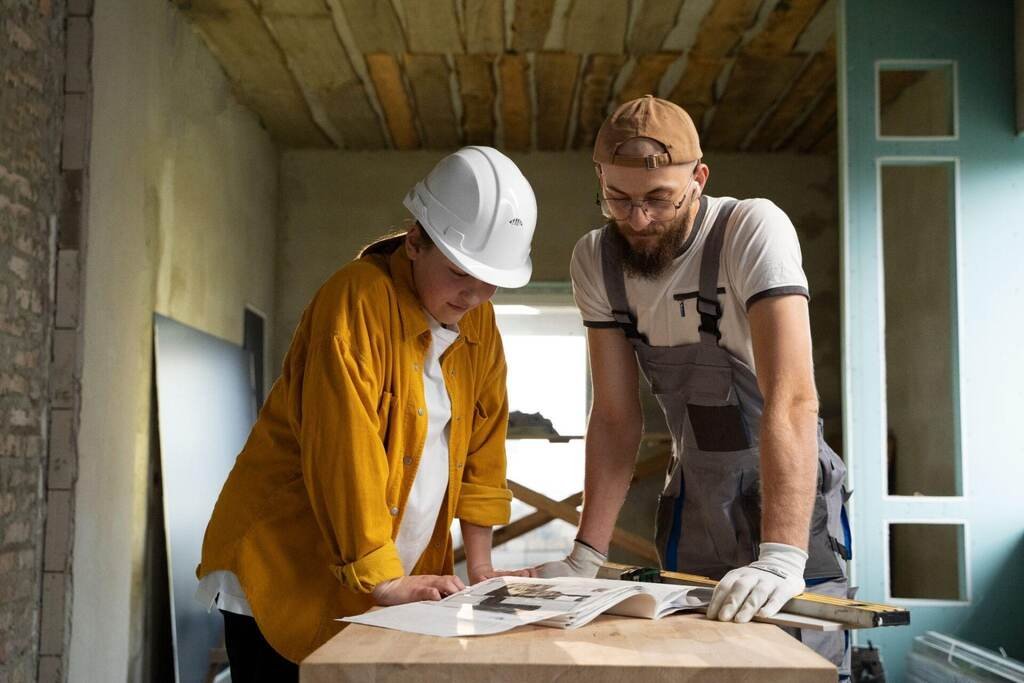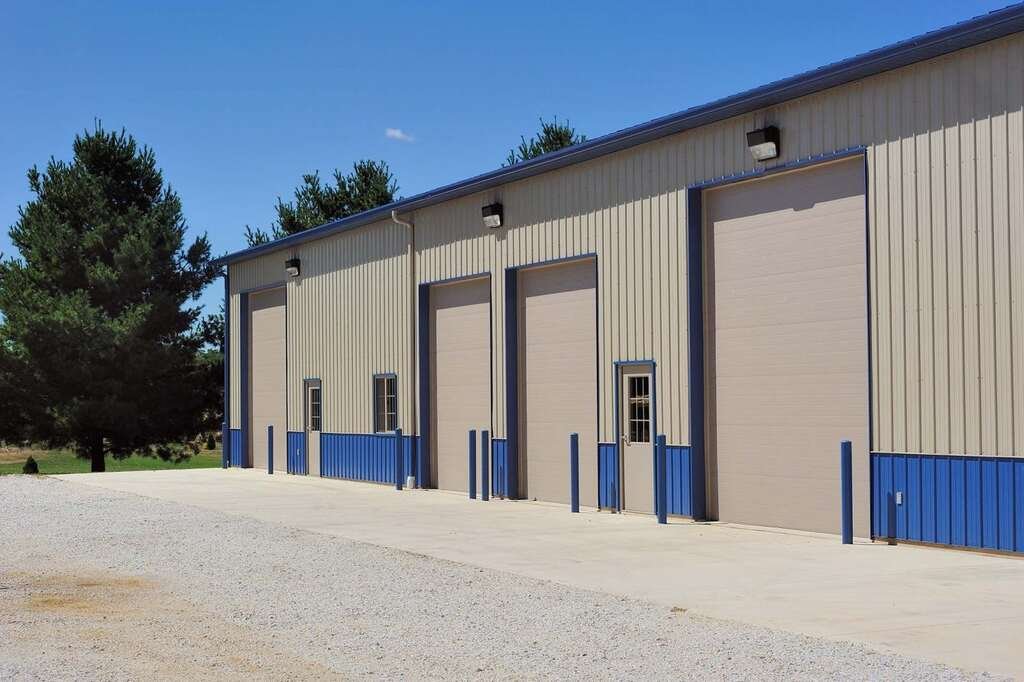There are many things to consider when renovating your outdoor space, but it depends on what concrete surface you want. You may wonder why you can’t leave your existing concrete patio or driveway in place. Well, there are several reasons why you should consider removing and replacing old concrete surfaces with new ones, and this guide will tell you about them.
Assessing Your Existing Concrete Patio or Driveway
Before you can begin to remove and replace your concrete patio, driveway, or walkway, it’s essential to assess the current condition of your existing concrete. This will help determine what kind of repair work is needed before you start digging up any dirt.
- Check for cracks and holes in the surface of the patio or driveway. If any large cracks go through, it’s likely time for a complete replacement job, not just patching up holes here and there.
- Make sure that there aren’t any uneven surfaces making walking difficult for yourself or others who may visit your home frequently. Uneven surfaces also make this type of renovation project more complicated than it needs to be because they require additional work with leveling tools.
Preparing for Concrete Removal
Before you begin, checking if the concrete is sturdy enough to be removed is essential. If it isn’t, you may need to replace it instead of removing it. Here are some things you should look for:
- Underground pipes and cables: If any underground pipes or cables run under your patio, this can mean that jackhammers will hit them during removal. Before starting your project, you’ll want to move these so they aren’t damaged by heavy machinery during removal work.
- Determine how much concrete needs replacing: If only part of your patio needs replacing, we recommend removing just that portion instead of tearing out everything at once and starting from scratch again later on when more problems arise with other sections as well.
According to Angi, the average cost of professional concrete removal in the US is $1,081. However, the price range can vary widely based on the project and quality of services. Although high-quality services may cost a little extra, it is worth it. Hence, you must always go for concrete removal service providers with high ratings and testimonials that confirm quality services.
Five Points Excavating has been in this space for around 25 years. It has completed 1,800 projects with a 100% customer satisfaction rate. Numbers like that can hint towards good services. Moreover, the company offers additional services, such as demolition, pool excavation, gas services, etc., and concrete removal.
Concrete Removal Techniques
If you are removing concrete, there are several different ways to do so. If you have the time and patience, a pickaxe is probably your best bet. However, if you want more precise control over where and how much concrete comes out of your patio, then power tools will probably be better for the job.
- Jackhammers: These are great because they allow you to remove large amounts of material quickly but still leave some structure underneath so you don’t get dirty when all is said and done. They’re also good at breaking up large chunks into smaller pieces, making them easier on everyone involved and looking less like an avalanche whenever someone steps outside.
- Sledgehammers: These tools work well if there’s only one type of surface around which we need access. Otherwise, we run into issues where our chisels start hitting metal bars inside pipes or other obstructions that require more finesse than simply smashing through them with brute force would allow.
Thanks to technology, new and advanced techniques are being used for concrete removal. One example of such technology is robotic hydro-demolition. As the name suggests, robotic hydro-demolition doesn’t require a lot of human intervention for demolition. An article from BIC Magazine states that robotic hydro-demolition can do the job ten times faster.
Installing the New Patio or Driveway
Once you have removed the old concrete and prepared the area, installing your new patio or driveway is time. If this is your first time installing a concrete surface, we recommend hiring a professional contractor with experience laying down patios and driveways.
Before they begin work on your project, ensure they have all the necessary tools and equipment for laying down new concrete. Once they’ve started digging out where you want your patio or driveway laid out, it’s time for them to pour some fresh new cement.
The best way for them to do this is by using an “expansion joint” in between each row of pavers so that if one section expands more than another, there won’t be any cracks forming.
Plan Installing the New Patio
Planning is key to a successful project. You need to understand the process of installing a new patio so that you can plan for it as part of your project. It’s important to know what you are getting into before you start, including knowing how much time and money will be required for your project.
You also want to determine whether there are any restrictions on what kind of materials can be used in your space. For example, if the area is located near wetlands or historic buildings, nearby could prevent certain types of paving materials from being installed due to environmental regulations.
Get the Necessary Tools to Build the New Patio
You’ll need the following tools and supplies:
- Shovel, rake, and broom. These will remove the old concrete before building your new patio. You can rent these from your local hardware store if you don’t have them.
- Wheelbarrow or cart for hauling away debris. This will make moving around heavy pieces of concrete easier without carrying them yourself. Make sure that whatever vehicle you use has good clearance around its tires so as not to damage them when transporting larger pieces of material.
- You will also need protective gear to protect yourself from debris and injuries. Concrete comprises cement and other additives, whose debris can cause pollution. In fact, the Environmental Protection Agency (EPA) says that the cement sector leads to the emission of 500,000 tons of sulfur dioxide and other harmful gases.
Start Building the Patio
The first step in building your new patio is laying out the space. You’ll want to ensure you have the right room for what you want to do, so measure twice and cut once.
Once you’ve got your measurements down, level off the ground where you plan on placing it by digging up any large bumps or dips in the earth. This will help prevent unevenness when pouring concrete later on down the line.
Next comes sand or, rather, “sand with gravel added.” This mixture helps give stability while reducing weight so that less concrete needs to be used overall.
Conclusion
So, you’ve decided to revamp your outdoor space. From new concrete patios and driveways to remodeling projects, there are many ways to improve your home’s exterior. You can follow the steps mentioned in this article to revamp your old concrete patio.
Recommended Posts:
















